Menu engineering
Menu Engineering- Boost Restaurant Profits Using Psychology
December 07, 2020
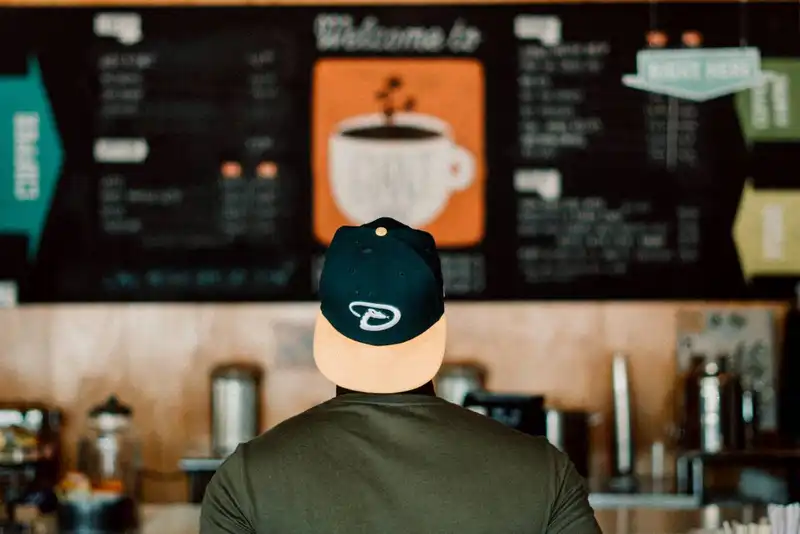
For better or worse, marketing and psychology are intertwined disciplines. Whether it's subliminal messaging, conditioning, or creating a sense of urgency, businesses use psychology techniques to attract customers and steer them towards making desirable actions, and restaurants are no exception.
Psychology is a key aspect of the food and beverage industry due to the visual nature of the products. This is precisely why many restaurants use menu engineering techniques to design menus that maximize profits by compelling diners to order items that are quick to prepare and have large margins.
What Is Menu Engineering?
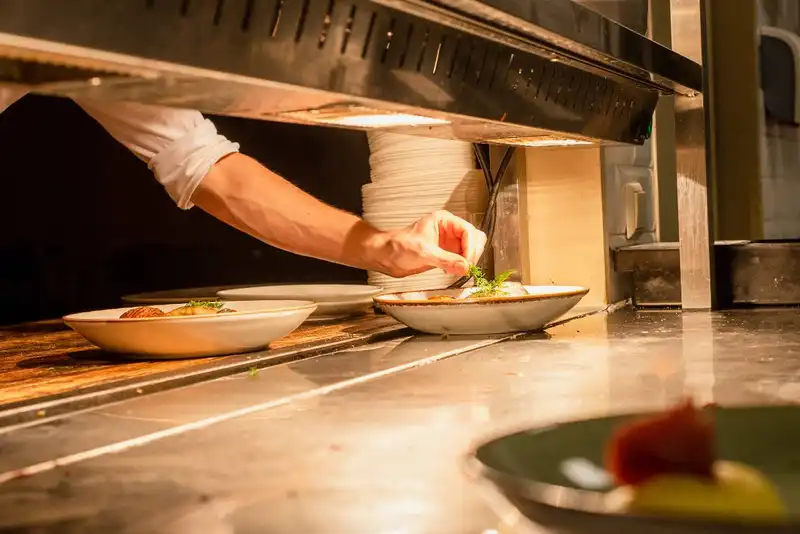
While menu engineering sounds like a new concept in the food and beverage industry, its roots go back many years. In the 1970s, the Boston Consulting Group developed the Growth Share Matrix - a model for identifying which products to prioritize.
Restaurant owners and managers eventually adopted the system, using it to identify which items to push in their menu. According to one study, menu engineering can improve a restaurant's profitability by 15%.
Growth Share Matrix
When applied to menu engineering, the Growth Model Matrix allows restaurant owners to engineer their menus and accomplish the following-
- Identify poor-performing items and remove them from the menu. This helps improve the restaurant's food costs.
- Identify and highlight the most profitable menu items
- Create a system for regularly analyzing menu prices and the menu's profitability
Leveraging the principles of this model requires in-depth knowledge of the restaurant's operations, from its food costs and contribution margins to menu item prices. This makes it possible to pinpoint the items that contribute most to profits, items that cost too much to make, items with a shorter shelf life, and items that simply aren't popular enough with customers.
How Psychology Can Shape a Menu
Menu engineering is as much an art as it is a science. By leveraging psychology, restaurants can improve their decision-making processes for the following aspects-
- How to design the menu layout
- What colors to use
- What images to choose when highlighting items
- What words and messages to use when describing menu items
Psychology can also reveal information about the restaurant's customers. For instance, restaurant owners can use social proof - the phenomenon wherein people follow the actions of others in a given situation. Restaurants can apply this principle by highlighting snippets of reviews for certain menu items to convince customers to try them.
Together, these tricks can significantly influence the dining experience and increase sales.
How to Engineer a Menu to Increase Profitability-
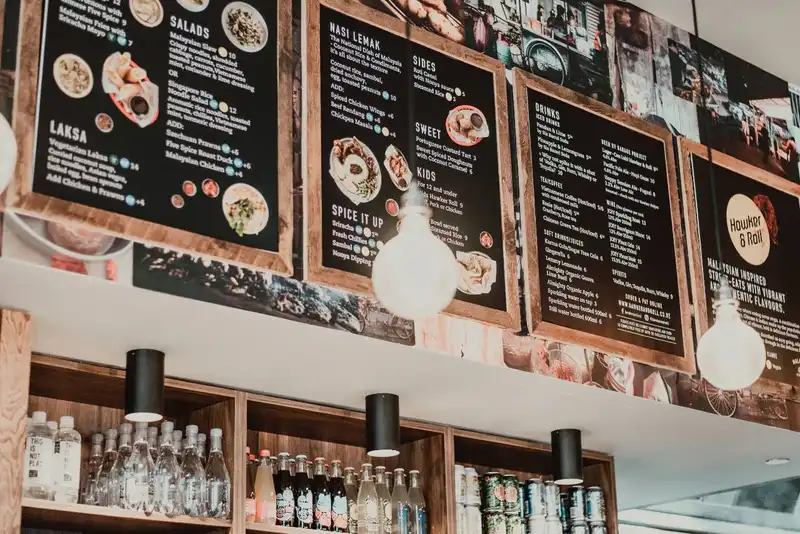
While there is no single best approach to menu engineering, most restaurant owners and managers follow these steps when designing their menus for maximum profitability.
1. Set a Menu Engineering Schedule
The objective of menu engineering is to analyze the restaurant's menu and use that analysis to alter different items on the page, move different sections forward or back to drive focus to certain areas, or even remove certain dishes completely. This process can be time-intensive, so it is a good idea to pick a time frame to focus on.
The schedule for conducting a menu analysis depends entirely on the restaurant's circumstances. Some business owners will analyze their menus on a seasonal or quarterly basis while others will do this monthly. However, even conducting an analysis once or twice a year will still go a long way towards understanding what items customers gravitate to and highlighting these dishes to boost sales.
2. Cost the Menu
A surprising number of restaurant operators produce menus without fully understanding the fixed and variable costs associated with each dish. Many chefs will admit that they have a general idea of an item's gross profit, but not its actual profit margin.
This problem underscores the importance of costing the menu, which refers to the process of breaking down each menu item into its individual ingredients to determine how much it costs to prepare the dish or beverage.
Dining establishments must cost each item on their menu because the entire menu engineering process rests on having an understanding of food costs.
A restaurant's point-of-sale (POS) system should be able to calculate food costs and profit margins for specific menu items. However, one can manually perform an audit using the formula-
Cost of Each Ingredient + Purchasing Costs = Menu Item Food Cost
- Choose one item from the menu and list all ingredients needed to make it. Be sure to include cooking oil, seasoning, and garnishes.
- Calculate the cost of each ingredient that goes into a dish. If a bulb of garlic costs 50 cents and each bulb has an average of 10 cloves, the garlic cost for a stir fry dish that needs 4 cloves would be 20 cents. Do this for all ingredients.
- Next, add all delivery fees, interest, and other expenses associated with purchasing food ingredients and other inventory.
- Add the cost of ingredients and the cost of purchasing these ingredients to get the food cost for a specific menu item.
3. Categorize Menu Items
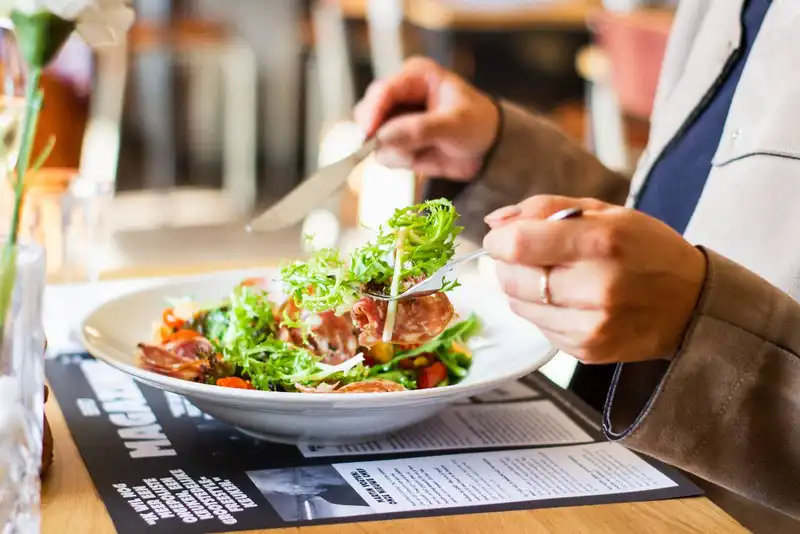
After determining how many units of each menu item were sold in a specific time frame and the food cost of each dish, the next step is to categorize each item by popularity and profitability - this is where the Growth Share Matrix comes in.
The Growth Share Matrix allows restaurant operators to separate their menu items into four categories-
- Stars
As common sense would dictate, the best course of action with star menu items is to simply leave them as-is. Make sure they are consistently prepared to maintain their demand and promote them by making them visible on the menu.
- Puzzles
It may be possible to generate interest in these items by using visual elements like color, images, and graphical elements (e.g., text boxes, arrows, typography). It is also a good idea to bundle puzzles with stars, allowing the former to feed off of the latter's popularity.
- Plowhorses
Restaurants have a few options to make plowhorses profitable. For example, they can raise prices, which can be risky if poorly executed. They can also source cheaper ingredients and control portion sizes to drive the food costs down.
- Dogs
4. Redesign the Menu Based on the Findings
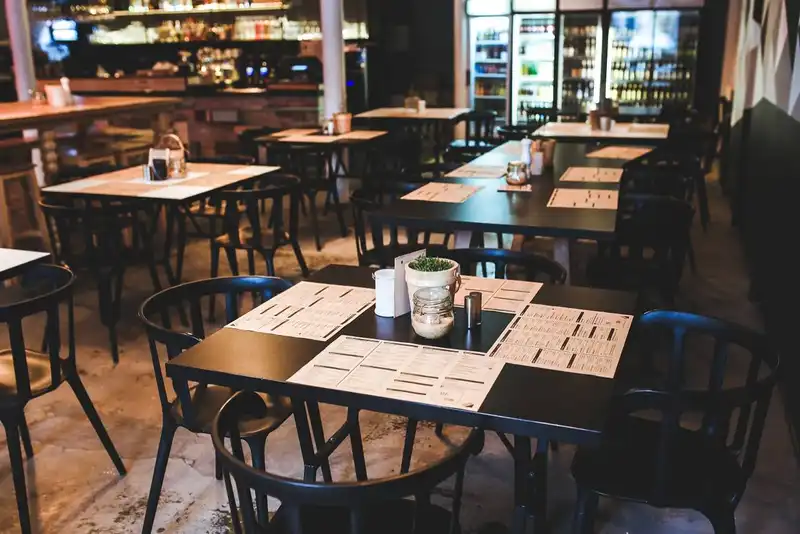
At this stage, restaurant operators can finally apply the findings to a new menu design or layout. However, before doing so, it is beneficial to gather qualitative data from customers. Organizations should collect feedback about why diners like certain meals. For regulars, ask them how long they read the menu or if they stick to a favorite dish.
Then, restaurants can proceed with their redesign by considering these methods-
- Highlighting stars and puzzles
- Creating more descriptive item descriptions
- Trimming the menu
- Creating separate menus for breakfast, lunch, and dinner services
5. Measure the New Menu's Success
The only way to know if the new menu is generating its intended results is to measure and analyze it. A good rule of thumb is to revisit the menu a few months after its redesign and perform another analysis using the Growth Share Matrix.
It may be necessary to perform a few adjustments depending on the performance of the menu's stars, puzzles, plowhorses, and dogs.
6. Train Restaurant Staff and Get Their Feedback
Training restaurant staff to understand the menu's intricacies is just as important as the menu engineering process. The front-of-house team plays a critical role in communicating the value of each dish.
Teaching them about the menu's puzzles will help them understand which items to recommend to diners, turning these dishes into stars.
How to Leverage Psychology When Engineering a Menu
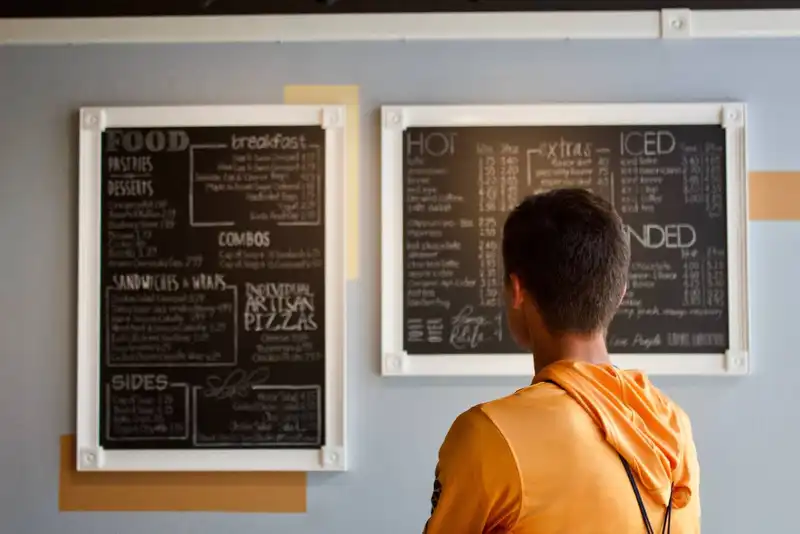
According to a Gallup poll, the average person spends around 109 seconds perusing a menu - this is the length of time menu engineers have to convince diners to order the most profitable items. To maximize this opportunity, menu engineers typically use the following psychological tricks to influence this decision-making process.
Color
Color is a powerful visual element that resonates with people's emotions, often in a subconscious way. Bright colors like reds and yellows capture interest and are associated with savory and hot flavors. Consider using colors strategically to highlight certain sections of the menu.
It's also a good idea to match the menu's color palette with the restaurant's official brand colors to create a sense of cohesion. Colors can also demarcate sections of the menu by theme. For example, yellow can be the color of appetizers, red for meats, and blue for seafood.
Tidy Up the Menu
A cluttered menu can confuse diners. When the average person reads a menu, they tend to start in the middle, then move to the top right corner, and then to the top left corner - a pattern known as the Golden Triangle.
Restaurant operators can make their menus impactful by trimming down the content on each page to take advantage of this behavior. It's also a good practice to make menu items and their descriptions scannable by reducing text and choosing a readable font.
Less Is More

Having too many items on the menu can often do more harm than good. When customers are greeted by a menu with hundreds of different dishes, this can lead to decision paralysis - the difficulty of choosing between choices that are hard to compare.
According to psychologists, it is best to limit options under each menu category to around half a dozen items.
Don't Go Overboard with Photos
Menus with several images are often associated with low-end establishments. Fine dining restaurants rarely have photographs in their menus, if at all. While photos are important, it is better to err on the side of restraint. One photo on every page should be enough for most establishments.
Menu engineering is a continual process with the potential to increase restaurant sales, control food costs, and reduce food wastage. With some strategic updates, restaurant operators can engineer their menus to drive measurable results.
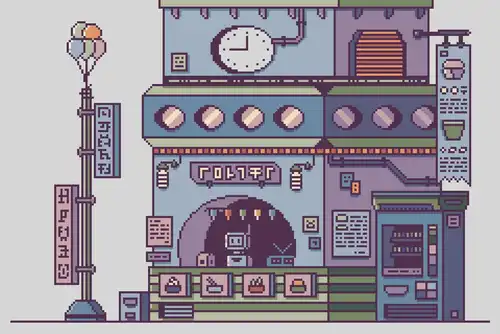
The Rise of Fast Food Automation and What It Means for the Industry
2023-02-23
Read More

The Best Digital Wallet Apps in 2022 That Will Save You Money
